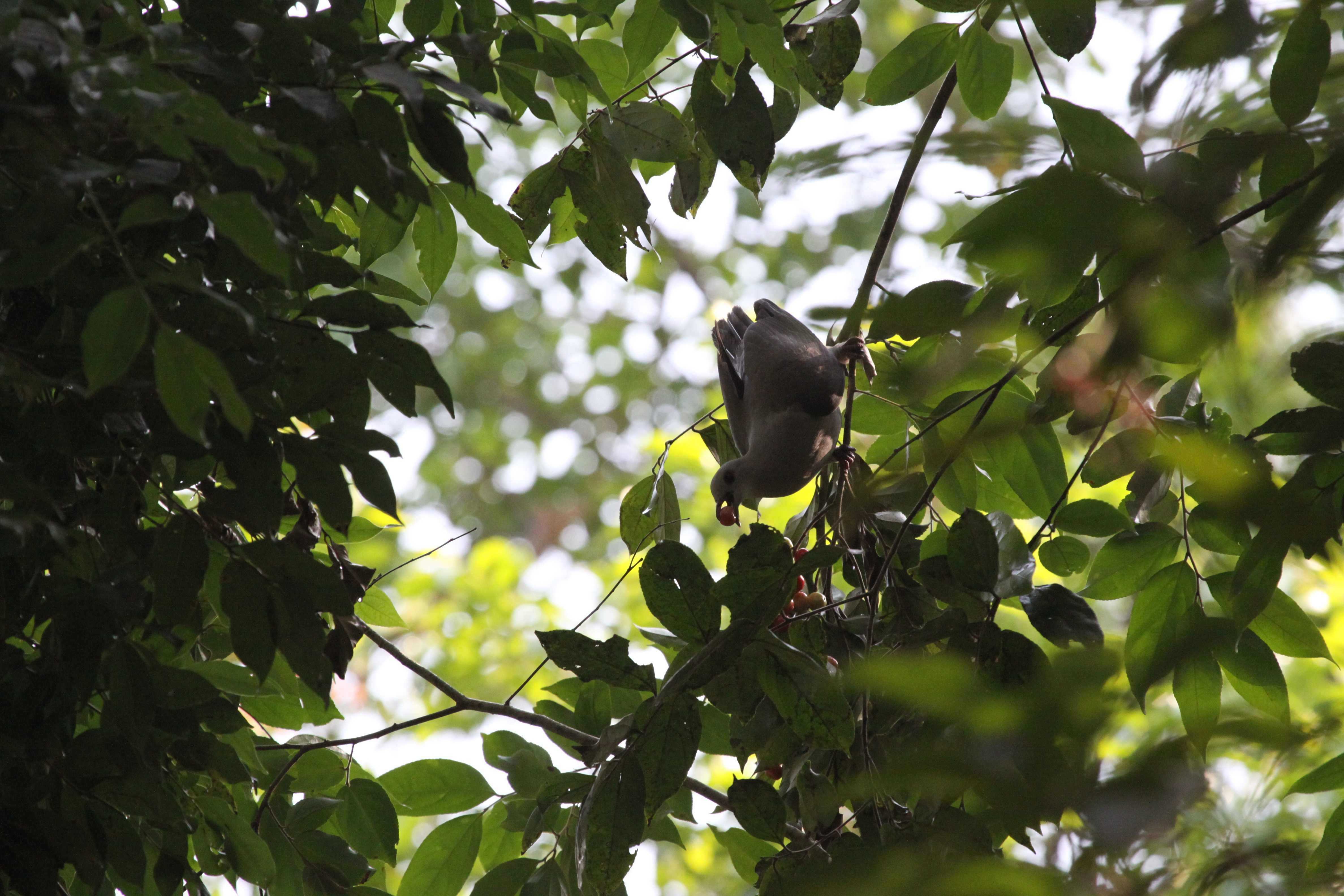There is a fort called Vasota nestling in the green mountains deep inside the Koyna sanctuary. Protected by deep gorges all around and guarded by ferocious tigers that roamed the valley, it was once upon a time near-inaccessible. Though it was built by Raja Bhoj, it was conquered by the Marathas. At the peak of Maratha power, a few Englishmen were kept prisoners here. Subsequently, the Marathas lost the Anglo-Maratha War of 1818. But the news of defeat took two years to travel to this fort. And the poor Englishmen had to continue their life as prisoners for two long years despite winning the war.

When a dam was built on the confluence of the three rivers, Koyna, Solshi and Kandati, the inaccessible forest suddenly became accessible: Because the backwaters of the dam stretched for all of 65 kilometres encircling the mountains like watersnakes. Now you can enter this sanctuary only by boat from Shivsagar Lake.
We set off from our base in Tapola and took the necessary permission from the range officer in Bamnoli. And the forest guard accompanied us on our 45-minute boat journey to the sanctuary.
Koyna by summer and Koyna by winter are two completely different landscapes. Post monsoon, the deep gorges get filled with rainwater and the water level rises over 600 feet, and the boat can be anchored right at the forest gate. Since we made our trip in summer and the water level was just about a 100 feet, the boat had to be moored far away and we had to make an arduous journey of about two kms over loose boulders strewn all along the path.

As we approached the forest gate, we saw a herd of animals which we mistook for the aggressive bisons. But on a second look, the white socks that’s the distinctive identity of bisons was missing. And we realized that they were just ’feral’ buffaloes. A special category of domestic buffaloes that stray into a forest and decide to make it their adopted home.
We took the path to Vasota fort and soon chanced upon the pugmarks of the elusive pangolin or the ant-eater. The guard explained a unique characteristic of this strange-looking animal that has hard, wooden scales on its body. When threatened, it has the habit of rolling into a rock-like ball thus making it impregnable to man or beast.

Then we walked under dense overhanging boughs through a tunnel of blue butterflies, and this added an ethereal touch to our walk. Each step of ours on the dried up forest floor caused panic among the butterflies. That was when the guard demonstrated the art of walking on dried leaves without making a sound. The trick, he told us in a whisper, is to land the heel first and then the rest of the foot. And presto, soon we were walking as if in a silent movie.
When we settled down near a Ganesh temple in the middle of nowhere, a barking deer darted across with its distinctive dog-like bark. The packed spartan lunch of chapathi and egg burji was washed down with water from the cool mountain stream, and we started on our journey back. By then we had realized that we had stopped once too often to stare at the wondrous woods, and we couldn’t possibly reach Vasota and return by dusk by which time the park gate would have been closed.
Sitting in the boat that was chugging back to the madding crowd in Tapola, I wondered if the recent crown of a World Heritage Site bestowed upon the Western Ghats by UNESCO is going to make any difference to the fragile fate of Koyna. There are allegations of forest land having been sold to resort owners, and windmills having been set up in the corridors of animal migration; and the matter was sub-judice. Add to this the promotion of Tapola as the New Mahabaleshwar to decongest the well-known hill station that’s just 25 kms away. Will the decongestion of Mahabaleshwar result in the congestion and eventual destruction of the natural treasures of Koyna? Mother Nature knows.
